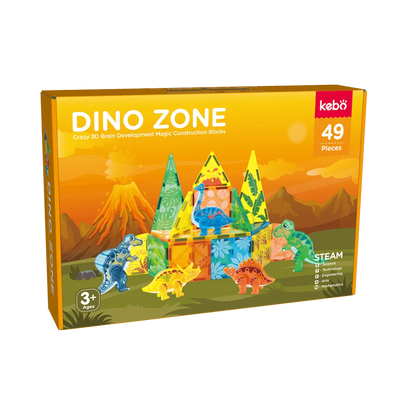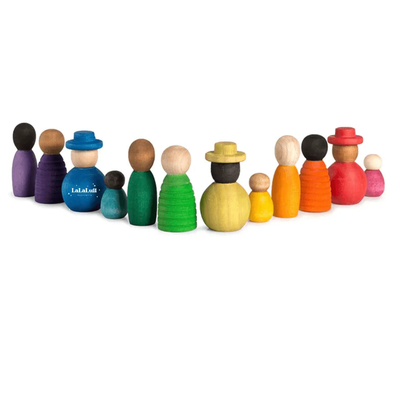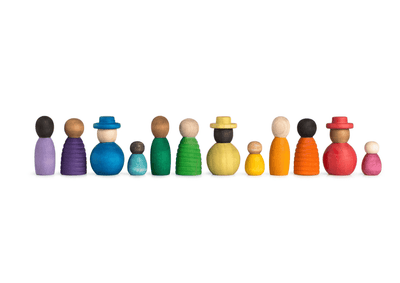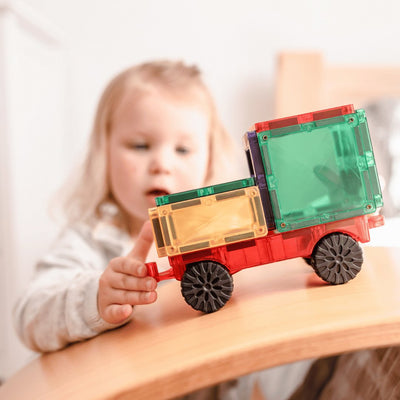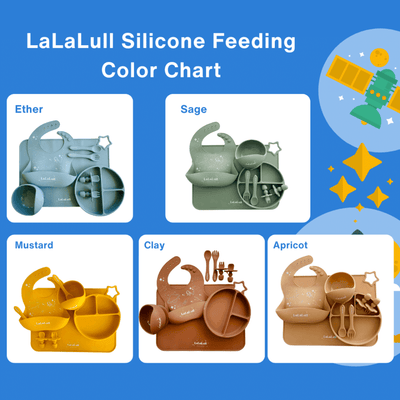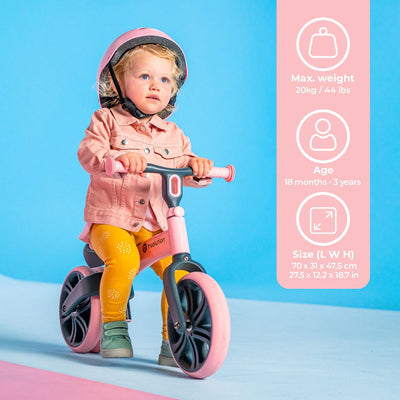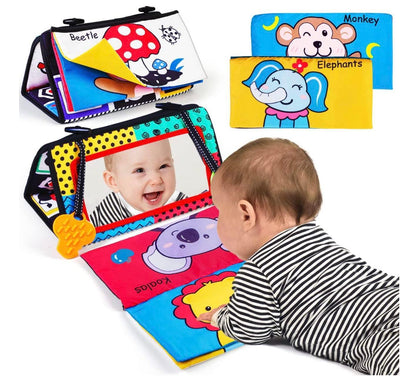Balance Bikes vs. Training Wheels: Which is Better for Your Child?
When it comes to teaching your child how to ride a bike, parents often face the dilemma of choosing between balance bikes and training wheels. Both options have their own set of benefits and drawbacks, and understanding these can help you make the best decision for your child. In this blog, we’ll explore the differences between balance bikes and training wheels to help you determine which is the better option for your little one.
What Are Balance Bikes?

Balance bikes are two-wheeled bikes without pedals. They are designed to help children learn how to balance on two wheels before transitioning to a pedal bike. Children propel themselves forward by pushing off the ground with their feet, which allows them to focus on balancing and steering.
What Are Training Wheels?
Training wheels are small wheels attached to the rear wheel of a traditional pedal bike. They provide additional support to help children stay upright as they learn to pedal. Training wheels can be adjusted to gradually decrease the level of support as the child becomes more confident.
Benefits of Balance Bike
-
Improved Balance and Coordination: Balance bikes teach children how to balance and steer a bike from an early age. By focusing on these skills first, children often find it easier to transition to a pedal bike later on.
-
Easier Transition to Pedal Bikes: Because children learn to balance first, they typically have an easier time learning to pedal. Many children who start with balance bikes skip the training wheels phase altogether.
-
Increased Confidence: Balance bikes allow children to go at their own pace. They can start slowly and gradually build their confidence as they master the art of balancing.
-
Lightweight and Easy to Handle: Balance bikes are generally lighter than traditional bikes with training wheels, making them easier for young children to handle.
Benefits of Training Wheels
-
Immediate Pedaling Practice: Training wheels allow children to start pedaling right away. This can be a great option for children who are eager to learn how to ride a bike and want to start pedaling as soon as possible.
-
Stability for Nervous Riders: Training wheels provide a stable and secure feeling for children who may be nervous about balancing on two wheels. This can help build their confidence over time.
-
Adjustable Support: Training wheels can be adjusted to provide varying levels of support. As the child becomes more confident, the training wheels can be raised to encourage more balancing.
Drawbacks of Balance Bikes
-
No Immediate Pedaling: Since balance bikes do not have pedals, children will need to learn to pedal separately once they transition to a traditional bike.
-
Initial Cost: Balance bikes can be an additional expense, as they are typically used for a shorter period before transitioning to a pedal bike.
Drawbacks of Training Wheels
-
Delayed Balancing Skills: Training wheels can delay the development of balancing skills, as children rely on the extra wheels for support.
-
False Sense of Security: Training wheels can create a false sense of security, making it challenging for children to learn to balance when the training wheels are removed.
-
Heavier and Harder to Maneuver: Bikes with training wheels are generally heavier and can be harder for young children to maneuver.
Which Is Better for Your Child?
The choice between balance bikes and training wheels ultimately depends on your child’s personality, developmental stage, and preferences. If your child is eager to start pedaling right away and feels more secure with additional support, training wheels might be the better option. However, if you want to prioritize balance and coordination skills, a balance bike could be the ideal choice.
In many cases, children who start with balance bikes transition more smoothly to pedal bikes without the need for training wheels. They develop a strong sense of balance and confidence that helps them master pedaling more quickly.
Conclusion
Both balance bikes and training wheels have their advantages and can play a significant role in your child’s journey to becoming a confident cyclist. Consider your child’s needs, interests, and developmental readiness when making your decision. Whether you choose a balance bike or training wheels, the most important thing is to provide a positive and supportive environment for your child to learn and enjoy riding a bike.
Written by Ava, a registered ECE teacher, a mom for 2. as at 28/05/2024
